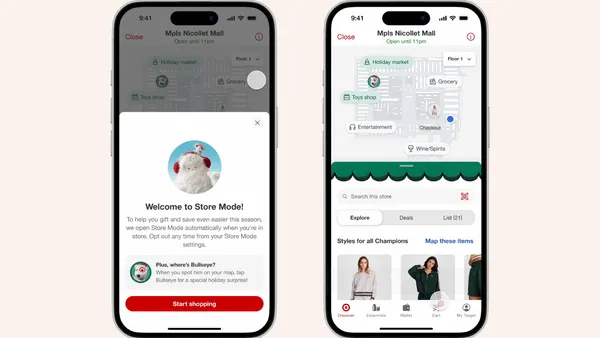Dive Brief:
-
The majority of 250 retail and supply chain professionals surveyed by B2B marketplace Bamboo Rose admitted to relying on outdated tools, such as spreadsheets and manual processes to manage complicated retail sourcing operations.
-
More than 60% of those surveyed said they use applications like Outlook and Excel for e-mail and spreadsheets as their go-to sourcing programs, while 50% said they also rely on images or handwritten notes.
-
The survey results also suggested almost 20% of those surveyed aren’t using any tools at all to organize and track their sourcing relationships.
Dive Insight:
The percentage of retail folks who use nothing at all — except their wits, we guess — to manage sourcing and supply chain relationships is both astounding and scary. On the flip side, about 53% of those surveyed said they use two or more different technology tools to manage sourcing and supply chain relationships, which perhaps can be almost as bad, as they aren't getting a singular view of their sourcing programs.
Further numbers from the survey suggest this is not just a technology problem, but also a communications problem. Just 9% of retail professionals surveyed said they share information with their suppliers on a daily basis. Meanwhile, about 88% of respondents said they rely on social media, websites and magazines for daily inspiration and ideas for how to handle sourcing issues instead of seeking help from their sourcing and supply chain partners.
Bamboo Rose details how retailers that take advantage of digital sourcing can reduce sampling time, costs and the time to market by as much as 85%, but considering the amount of old technology still in play, it doesn't seem like many of them have fully grasped that concept.
Ultimately, sourcing is too important an activity to be left to outdated tools, too many tools or no tools at all. At a time when retailers are trying to present customers with a clear and cohesive omnichannel view of their products, it should be a prerequisite for them to communicate, organize and track sourcing processes.











